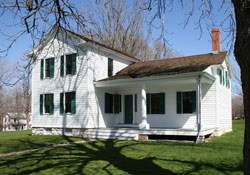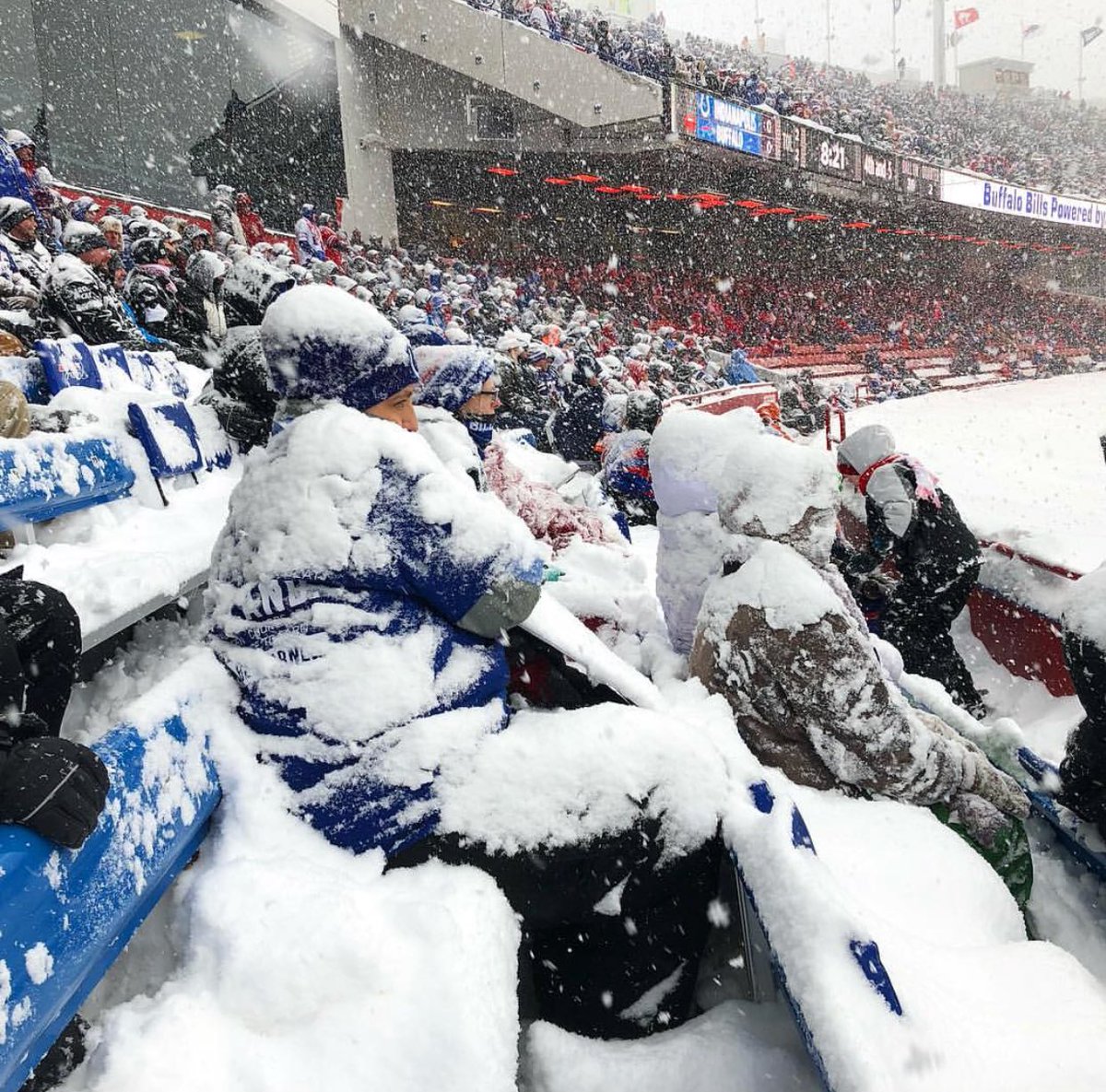This week, after developing a focus to base our initial research on, we were given the task of reading two articles related to our topic and breaking down their methodologies, themes, and evidence. Since I have chosen to focus on social activism in museums, specifically in relation to the LGBTQIA+ community, I looked at two journal articles which focus on the role of museums in social activism and the internal considerations necessary when undertaking activist exhibitions.
The first article I read, "Action points: What are museums doing to address social, political, economic, and environmental issues?," discusses various instances of museums handling social issues and activism and the various formats that can take depending on the institution. The three main formats the author discusses are the use of performance art to share stories, collecting materials related to activism, and actively taking part in social activism in one's community. The author provides examples of each of these by highlighting successful exhibitions and programs, along with quotations about the importance of museums being present in the dialogue surrounding social activism. Each of these potential formats for engagement was scaffolded by community input and dialogue, inviting members of various communities to create or participate directly in the museum.
The second article I found related to my topic, "The performance on internal conflict and the art of activism," focuses on a singular case study at the Glasgow Gallery of Modern Art (GoMA). In 2009, GoMA exhibited
sh[OUT], a show which promoted respect for the LGBTQIA+ community. The show received significant backlash, specifically for one of the works,
Untitled 2009, where visitors were invited to write themselves back in to the Bible, as a means of highlighting the marginalization of the LGBTQIA+ community. Its companion outreach exhibition,
Made in God's Image, also received much backlash, leading to an adjustment by senior management of the remaining programs which were yet to be opened to the public. This article goes on to address the internal effects of these actions on "practitioners" and the senior management team, featuring quotations from interviews on the emotional and organizational disruption caused by the adjustment of the exhibition mid-way through its execution.
Image from the University of Leicester's
evaluation of the Social Justice Program of the Gallery of Modern Art, Glasgow (GoMA)
These two articles employ effective, though different, methods for addressing their topic; which will be helpful to refer back to when determining how I will frame the content of my thesis. The first articles' intentional use of case studies to emphasize the importance of providing a forum for open discussion and story telling was successful in developing a hopeful and engaging article. While the second article provided me with insight into potential internal issues in museums which may come to play when addressing a community based topic such as social activism, or social issues. The second article also utilized quite a few diagrams to explain some of the more "abstract" concepts integral to her argument. Both provide a unique and interesting perspective of museums as places for both internal and external dialogue, which I feel is helpful in beginning this journey of developing my thesis.
Citations:
Hollows, Victoria, "The performance of internal conflict and the art of activism,"
Museums Management and Curatorship, 28:1 (2013), 35-53.
Sharp, Rob, "Action points: What are museums doing to address social, political, economic, and environmental issues?,"
Museums Journal, 116:11 (2016), 28-33.














